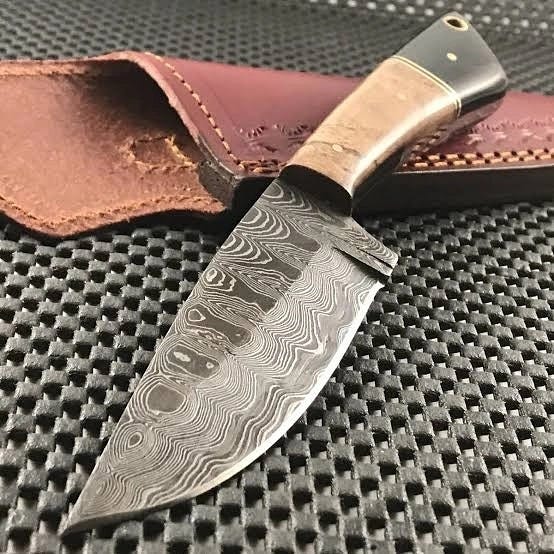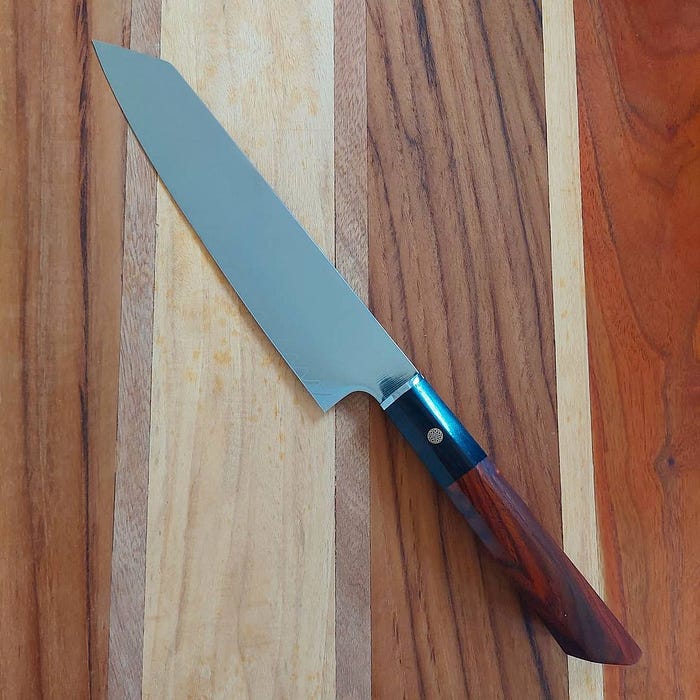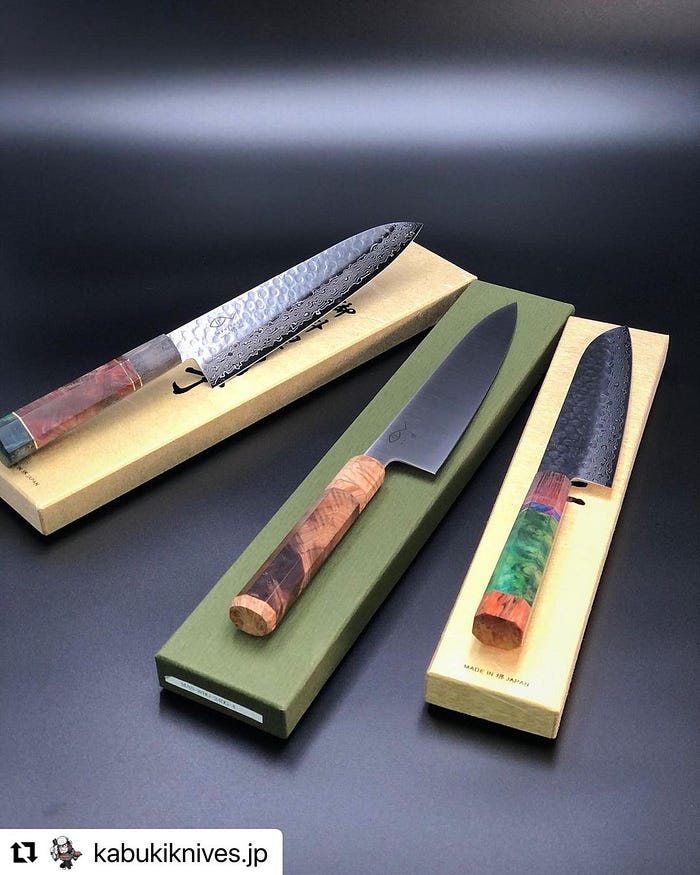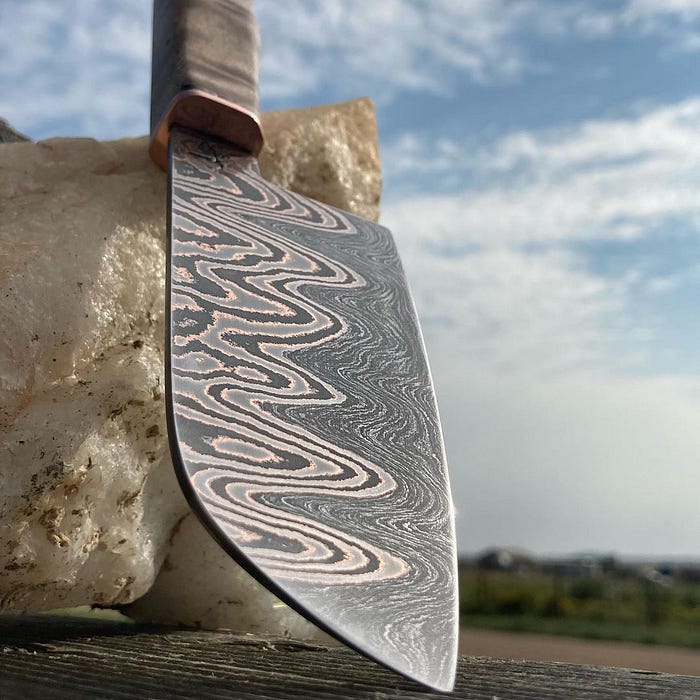Blogs
Types and uses of Japanese kitchen knives
|
Tool type and use
People who are not familiar with Japanese knives, and even some more experienced users, often have questions about the differences between Japanese knives and how to use various tool shapes. Below is our simple guide on the most common types of tools and their specific uses.

Gyutou / chef’s knife
Gyutou is equivalent to a typical European chef’s knife in Japan. They are ideal multi-purpose kitchen knives and can be used for most tasks. Japanese g yutou are generally lighter and thinner than European knives, and are made of harder steel, so they have a better blade. This design does not interfere with the shank edge of the blade, so it can be sharpened for full use. The word gyutou means “beef knife” in Japanese.
Three virtues/multi-purpose
Santoku means “Santo” in Japanese and is a multi-purpose knife with a higher blade than gyutou. Its three major advantages are that the knife can cut fish, meat and vegetables. Santoku has a flatter “abdomen” than gyutou and can comfortably use up and down chopping movements instead of “swing” cuts. Compared to gyutou, santoku has a higher blade profile, making it a better choice for up and down chopping motion. In addition, this Japanese sword has a flatter blade and a less pointed tip, so you can use it comfortably without having to raise your shoulders so high.You can use it for shredding, shredding and cutting, but it is not effective when cutting meat and fish because of its short blade length.


BUNKA (multi-purpose)
With its typical functions, Bunka Bano-Bocho is designed to be suitable for multiple uses of Western food. It has a flexible profile, wide enough at the handle, a cleverly designed blade belly, suitable for long or short cuts, flat back of the blade, thin tip, and can handle food accurately.Due to its versatility, especially in our western food, we chose the Bunka blade type when designing the first Japanese sword. We named this knife ZDP-189 Bunka, and we are proud to say that it is our best-selling knife and has been well received by professional chefs and home chefs.
Usuba
Usuba knife may look like nakiri knife, but it is recommended for professional knife users. The usuba knife is a single bevel knife, which means that only one side of the knife is sharp. Because it has a bevel, the usuba knife has a left-handed or right-handed option. These knives require higher precision than cutting with nakiri knives, and inexperienced knife users are more likely to injure themselves without proper training. Japanese professional chef’s kitchen knife Usuba is the thinnest of the three basic knives. Its general size is 180 to 240 mm, with flat edges, which can be used to push and cut vegetables precisely, such as dice and shredded. It is also very suitable for katsuramuki that cuts vegetables such as white radish into thin slices.
This single-edged knife can have a round tip or a square tip. Those from the Kanto region have a square tip, while the usuba from the Kansai region has a round tip.


willow
Unless you are a sushi chef, you may not need lancets, but they are cool enough anyway. The lancet used for slicing sashimi is a single beveled knife that can perform delicate and precise cutting. The thin blade of this knife is very sharp, so it should be reserved for those who have spent years learning how to use it. Yanagiba is a must-have for sushi chefs. Also known as a sashimi knife, it can produce clean edges when pulling. It can even be used to skin, scale and deboning salmon and other fish. In addition to fish, many western chefs use lancets to cut meat and vegetables. The blade length of this slender Japanese sword is 270 to 330 mm. It has a pointed tip and a slope that is usually located on the right side. However, if you are left-handed, you can still get the left bevel lancet through a special order.
Kinshiki
Best for: slicing fish, meat and poultry
suijihiki is a Japanese version of European slicer. However, sujihiki has a thinner and harder blade, so it can stay sharp for many years. Long blades are usually 240 to 300 mm in length and have double bevels for honing at a steeper angle. This allows it to make precise cuts in a single drawing movement.
It is used for slicing, slicing and carving fish, meat and poultry. Even when cutting fatty meat, you can expect to reduce friction because of its shorter height and smaller surface area.
YIER Knife Set
Material: X50Cr15 Superior high-Carbon stainless steel
High quality forged blades, which are made of German stainless steel, W-Nr. 1.4116.
It contains 0.45 to 0.55% carbon, 14 to 15% chromium, 0.5 to 0.8% molybdenum and 0.1 to 0.2% vanadium.
The purpose of the molybdenum alloy is to increase the resistance to pitting of the material.
Transparent acrylic knife holder. Beautiful acrylic knife holder, you can clearly see the knife you want to use, and pull out the knife you want.
One-piece design. The handle and the blade are an integrated design, so there is no problem of the blade falling off the handle, and there is no possibility of the knife handle becoming loose.
Easy to store and maintain. YIER knife set is made of high-grade German stainless steel, with sharp blades, not easy to rust, and long service life.


Excellent sharpness.
100% satisfaction guaranteed. Every knife set produced by YIER is backed by outstanding quality assurance, so you can buy it with confidence. If you have any questions, please feel free to contact us, we are always by your side.
Maintenance tips: In order to protect the sharpness and gloss of the knives, please do not wash the knives in the dishwasher. Keep the knives clean and dry after use.